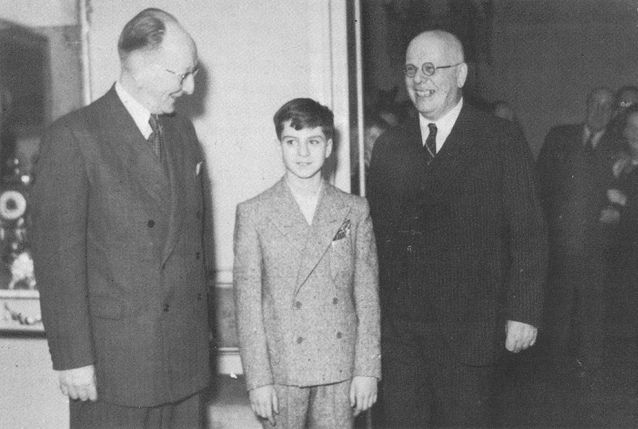Toivo Haapanen
Toivo Elias Haapanen
Born May 15, 1889, Karvia. Died July 22, 1950, Asikkala
Bachelor of Arts 1918, Master of Arts 1920, Licentiate 1924 and PhD 1925 (musicology), University of Helsinki
Docent in musicology 1925–46, University of Helsinki
Professor extraordinary of musicology 1946–50, University of Helsinki
Chief conductor 1929–50, Finnish Radio Symphony Orchestra
Director of music 1929–46, Finnish Broadcasting Company
Conductor 1926–36, Helsinki University Symphony Orchestra
Conductor 1928–29, Turku Philharmonic Orchestra
Music critic for numerous newspapers
Founder of the publication Musiikkitieto
Chairman 1948–50, Finnish National Council for Music
Member 1943–50, Royal Swedish Academy of Music
Chairman 1936–40, Society of Finnish Composers
Photo: WikimediaCommons
Written by Riitta-Ilona Hurmerinta
Translated by Matthew Billington


